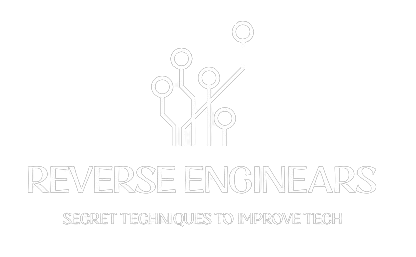
A DXP enables any user to create, manage, and deliver integrated digital experiences across the customer lifecycle. A digital experience platform (DXP) is defined by Gartner as “an integrated set of fundamental technologies that facilitate the creation, administration, delivery, and optimization of contextualized digital experiences.”
It’s an excellent definition. However, understanding its significance necessitates taking a step back. Organizations stay competitive in today’s digital environment by creating relationships via communication, which entails speaking and listening.
Organizations use content to talk and data to listen to develop connections with their customers. Cylogy’s Sitecore https://www.cylogy.com/technologies/sitecore/ is a full-service content management system with integrated digital marketing capabilities for creating powerful and personalized consumer experiences.
The next competitive battlefield for organizations is the digital consumer experience. They are essential to success. 80% of customers feel a company’s experience is equally important as its products and services.
Customers today want easy and seamless experiences that are integrated across all digital touchpoints. That is the only way to match their constantly shifting expectations. A digital experience platform (DXP) enables businesses to provide their customers with what they desire.

A DXP, as a new digital technology, offers a solution to improve and link all areas of the customer experience. Businesses may use DXPs to manage smooth customer experiences across digital channels. When a company adopts a DXP, its consumers interact with the brand across applications, customer service, in-store kiosks, the desktop, and the web.
A DXP is a collection of interconnected technologies that create, distribute, and manage digital interactions with a wide range of audiences. Customers and prospects are the primary audiences for this piece; however, partners and workers may also be included. DXPs provide the constant transmission of relevant data and information to audiences across all digital platforms.
CMS to WEM to DXP
In the late 1980s and early 1990s, the first content management systems (CMSs) debuted. These CMSs supported static content in the form of brochures. By the late 1990s, businesses started serving up the dynamic material that would give rise to the social web.
The desire for more customized interaction and deeper business connectivity led to web experience management (WEM) solutions as the social web grew with user-generated content and the development of smartphones. Organizations began collecting engagement data, creating personas, and leveraging both to provide more tailored experiences using WEM.
The difficulty with WEM systems was that they were created only for marketing departments and, hence, were difficult to integrate with the rest of the organization’s technological stack, such as CRM or ERP.
As the importance of digital experiences expanded for enterprises of all kinds and technological solutions proliferated, the demand for deeper interconnections developed, resulting in the advent of headless, microservices architectures.
This architectural innovation had two benefits:
- To begin, it allowed for interfaces with other systems, including CRMs, commerce platforms, and contact centers, to better integrate the experiences of each. Finally, the insurance business mentioned above could easily track leads, route them to sales, and conclude the sales loop.
- Second, it enabled marketers and companies to become more customer-centric than ever before, adopting a more multichannel mindset.
When these two characteristics were combined, it paved the way for digital experience platforms (DXPs) to provide a fully integrated consumer experience that flows fluidly between channels and devices throughout the journey.






